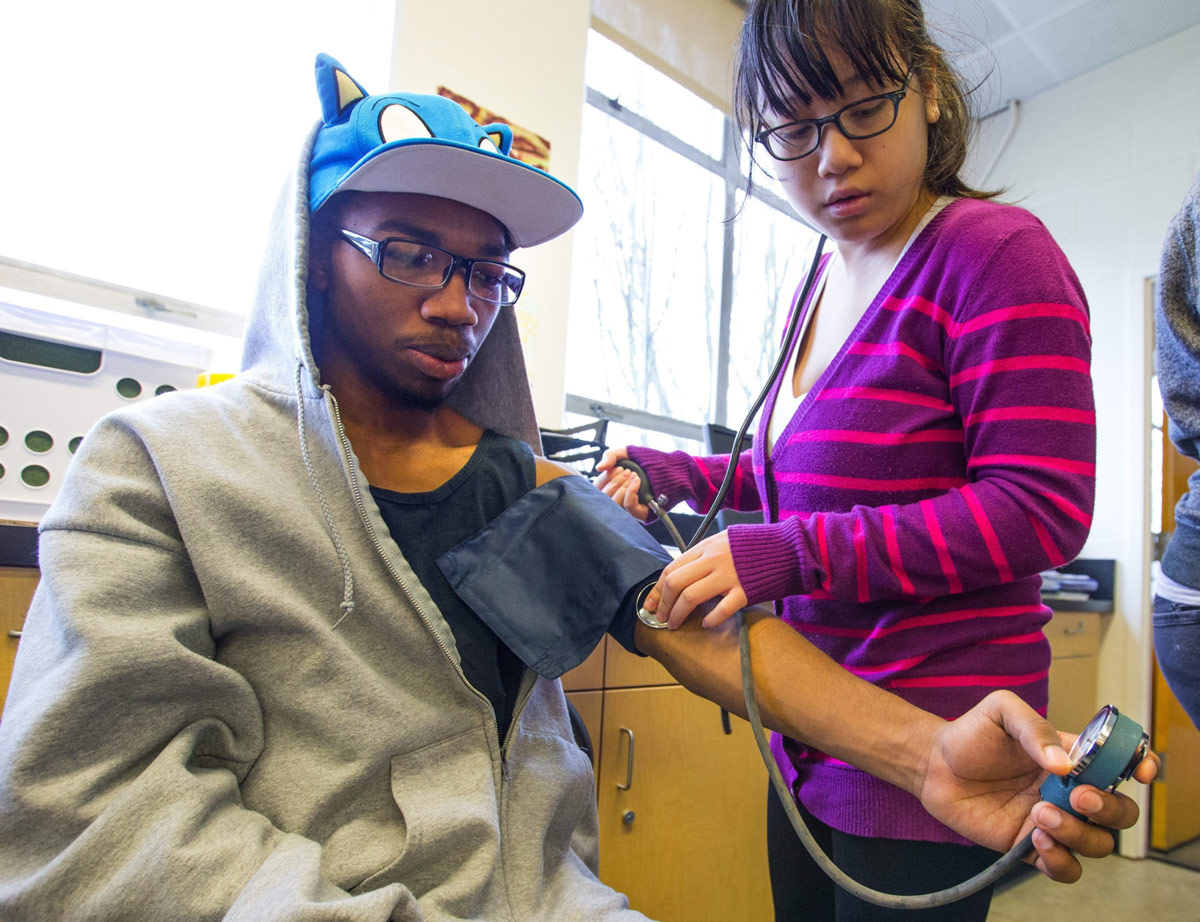The Seattle Times ("Education Lab")

Engagement has been integrated intentionally from the start of Education Lab, the Seattle Times project that spotlights promising solutions to persistent public education challenges. Since 2013, The Times has experimented with live chats, Google Hangouts, Reddit AMAs, Facebook groups, guest opinion posts, and community events that lead to deeper public engagement with stories, feature community voices, and enable the paper to reach audiences that it typically hasn’t served. The big goal: creating a new conversation that connects teachers, parents, students and others around innovation in schools.
TOOLS & TACTICS:
- Guest opinion essays
- Student voices project: The paper selects up to a dozen student journalists every year to write a guest columns
- Storytelling events: The paper invites people to share their personal experiences in education. One featuring teachers was called “Why I teach.” Another event brought together students to share reflections on how they got into and experienced college.
- Ignite Talks: Fast-paced talks featuring teachers, students, and parents talking about various education topics.
- Listening tours with education partners
- Weekly Education Lab newsletter
- Community forums, including “Learning Exchange,” which included informal networking time as well as a short program
- Unconferences: As a way to extend a conversation sparked by Ed Lab stories, the team convened 40 people (parents, teachers, education leaders, students) at a daylong unconference to discuss school discipline.
LESSONS LEARNED:
- Be a neutral convener: Ed Lab carefully avoids advocating for any particular approach in any of its activities. The goal is to leverage the Seattle Times’ credibility as a news organization to create a neutral convening space for leaders and other stakeholders to discuss important issues. Journalists have found that they can deepen a conversation and extend the reach of their coverage without crossing the line into advocacy or activism.
- Give constituents the reins: Giving up control of the content to constituents has been an important shift for the Times. While it seemed risky (and a little scary!) to let others drive the conversation, this was critical to building trust with new audiences.
- Partner with community-based organizations: The Times leveraged a network of collaborators working in the education space to expand its engagement to new audiences. Partners co-sponsored activities and events, served as moderators or panelists, and more broadly gave greater reach and credibility to Ed Lab’s work. As Ed Lab grew, more partnership opportunities came knocking at the door. “Our sources as well as our audience have a very positive reaction to these stories, and this has helped us open doors to schools, organizations, and more people because they see and understand what we’re doing. They’re not afraid it’s going to be a gotcha story. It has opened up more channels to the community,” says Linda Shaw, former editor of Ed Lab.
- Think beyond events: While events are key to Ed Lab’s ability to facilitate community discussion, the Seattle Times sees its engagement mission going far beyond events. It is about creating multiple, ongoing channels and platforms for participation, commentary, and expanded public discourse around education.